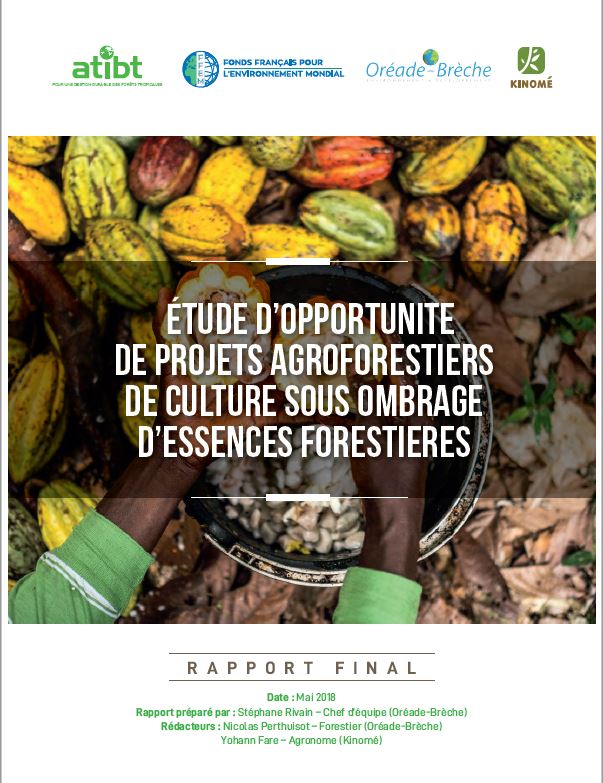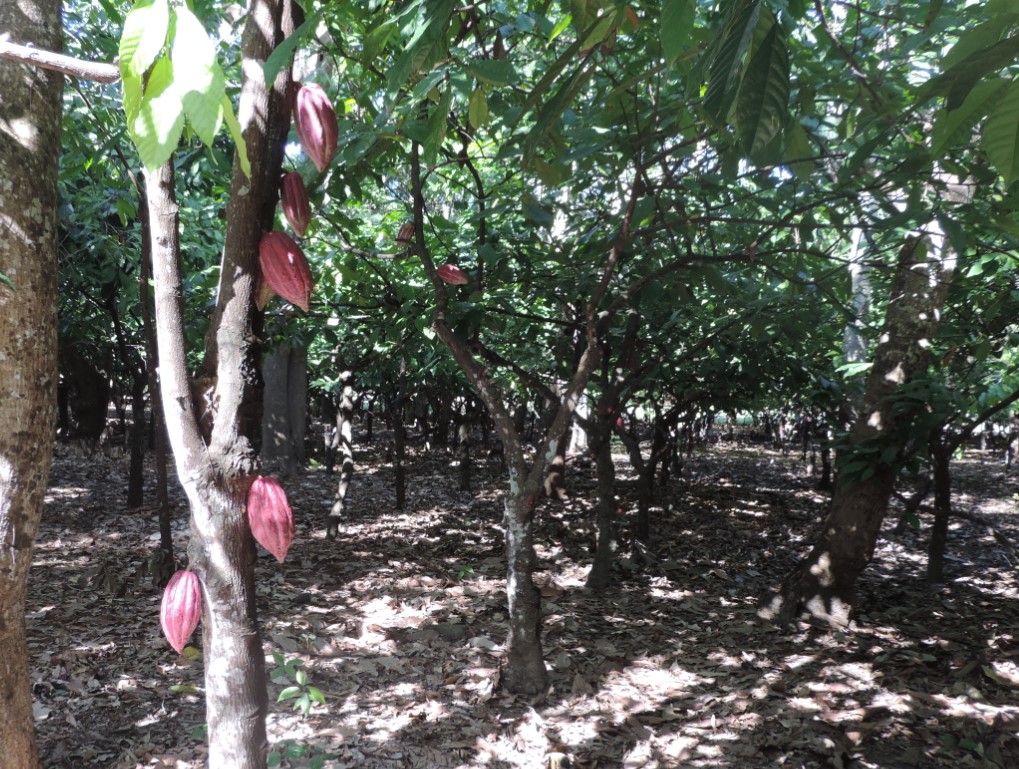

19.04.2019
The ATIBT, with various partners of the “Cité du Développement Durable”, will participate in this meeting.
The results of the “opportunity study of agroforestry projects under shade of forest species” , conducted in 2018, will be presented (available here) and essentially with the plantation cacao/forests projects.

Strengthening the links between science, society and public policies is the objective of the 4th World Agroforestry Congress, under the high patronage of the President of the Republic, to be held at the Corum in Montpellier from 20 to 22 May 2019. Open to researchers and students alike, as well as farmers, foresters, NGOs and political and economic decision-makers, this congress is expecting some 1,200 participants from more than 100 countries. This international event is organized, for the first time in Europe, by CIRAD and INRA, in partnership with World Agroforestry, Agropolis International and Montpellier University of Excellence.
Agroforestry, the future of agriculture?
The organizers wanted to anchor this fourth edition of the World Agroforestry Congress in the societal debate on agriculture. « It is time for technical solutions to be discussed within the society and to become part of public policy » comments Christian Dupraz, INRA Research Director and Chair of the Congress Scientific Committee. The congress will be an opportunity to evaluate the contribution of agroforestry to the agroecological transition of agriculture at the global level.
Agroforestry, which involves combining trees in crops and pastures, is now recognized for protecting soils, addressing climate change issues and contributing to global food security. This practice could therefore be the future of agriculture.
In the case of Africa, it could also be partly the future of forestry.
The scopes are very diverse: hedges and alignment of trees or shrubs in and around plots, multi-storied agriculture, production of timber or fruit in crops, fodder and honey trees, forest trees, shade for perennial crops (coffee, cocoa, vine) or livestock, multi-layer agroforests and agroforestry gardens.
An International Association of Agroforestry will be created at the end of the Congress, in order to federate innovations in agroforestry on a global scale.
In collaboration with other structures of the campus of the “Cité du Développement Durable” – City of Sustainable Development – (Oréade-Brèche, Kinomé, Fair Trade France, AVSF), a presentation will be made on the basis of a work conducted by ATIBT in 2018, and funded by the FFEM, concerning the opportunity study of agroforestry projects under shading of forest tree species (available here).

This study aims to evaluate the opportunities of agroforestry projects with a timber objective by rehabilitating the cash crop (coffee, cocoa) under shade of forest species, and voluntarily went to 2 countries with contexts and development trajectories in the cocoa and forest / wood sectors, quite different, Cameroon and Côte d’Ivoire.
The main observations of the study to be presented in Montpellier are as follows:
– A large range of association schemes are implemented on a trial stage at small-scale, led by research or NGO projects.
– For the moment, the foresters are engaged in plantation projects with chocolate industry, rather to meet compensatory reforestation obligations and not a goal of profitability and long term sourcing modalities.
– Thus the cocoa/timber plantation system with a purpose of wood production and profitability is an innovative approach in these countries. Nevertheless, there is a convergence of interest, even early signs of a movement (Cote d’Ivoire in particular) bringing together chocolatiers and foresters around common issues: climate, sustainable access to resources and livelihoods.
– For timber industry, the cocoa + timber model can meet the requirements of FSC/PAFC forest certification, regarding the needs of livelihood projects for neighboring populations.
– The cocoa + timber + annual crops and fruit species model can also be used as a basis for ecological intensification (auxiliary crops, organic materials for compost production, etc.), climate smart agriculture, also leading to organic certifications, income diversification and payment for ecosystem services.
– The development of fair trade cocoa in West Africa can lever on production systems transformation from single cropping to agroforestry, thanks to the guaranteed minimum price, to the development reward and to the multi-year commitment of buyers/importers/chocolate planters, certified cooperatives develop significant support capacities for their member producers. The success for « cocoa/forest plantation » projects must suppose organizational, technical and economic agreement between the farmer (who plants cocoa and trees and ensures the maintenance of the agro-forestry system), the cocoa buyer and the wood buyer. As in any innovative strategy, obstacles must be overcome. In our case, there are conditions to create: access to quality seedlings, technical support for good maintenance of tree species, adapted financial products and adaptation of the existing legal framework. These elements together can lay the foundation for a strategy for early payment for future timber resources, based on a sustainable partnership between cocoa farmers and foresters.